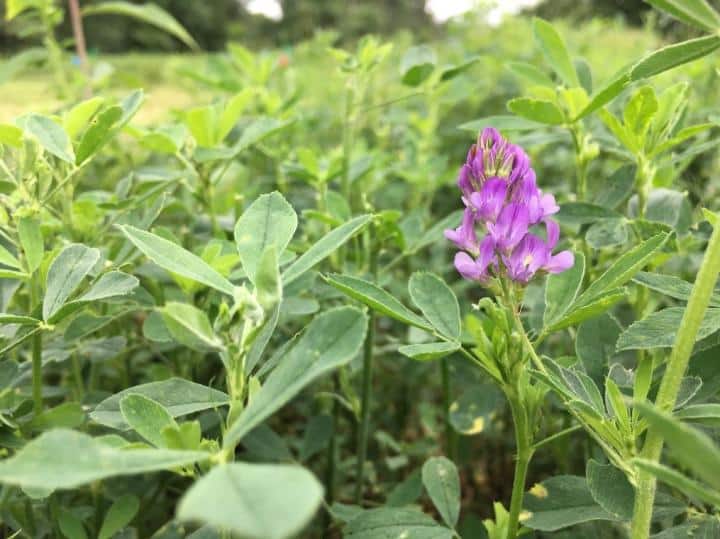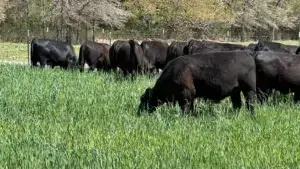A successful forage program is one in which mass production is consistently high for a long period, and management practices are essential to reach this goal. In the northern United States, researchers commonly study alfalfa. Producers from the southern region are interested in growing alfalfa, yet they need more information to adequately manage this forage crop in their environment.
In a recent study published in Crop, Forage, and Turfgrass Management, researchers investigated the effect of harvest intervals on the persistence of alfalfa in the field, either as a monoculture or mixed with grasses (such as bermudagrass and tall fescue). Four harvest intervals were imposed on all species combinations.
The team found that longer alfalfa harvest intervals in the southeastern U.S. resulted in positive outcomes. They also observed that growing alfalfa in mixtures with tall fescue resulted in greatest forage mass and nutritive value.
This study highlights the importance of investigating management of alfalfa and alfalfa mixtures before producers attempt to incorporate the species into their operations. The results from this study suggest that harvesting alfalfa at 42-day intervals produces the maximum amount of alfalfa productivity and persistence.
Source: American Society of Agronomy











